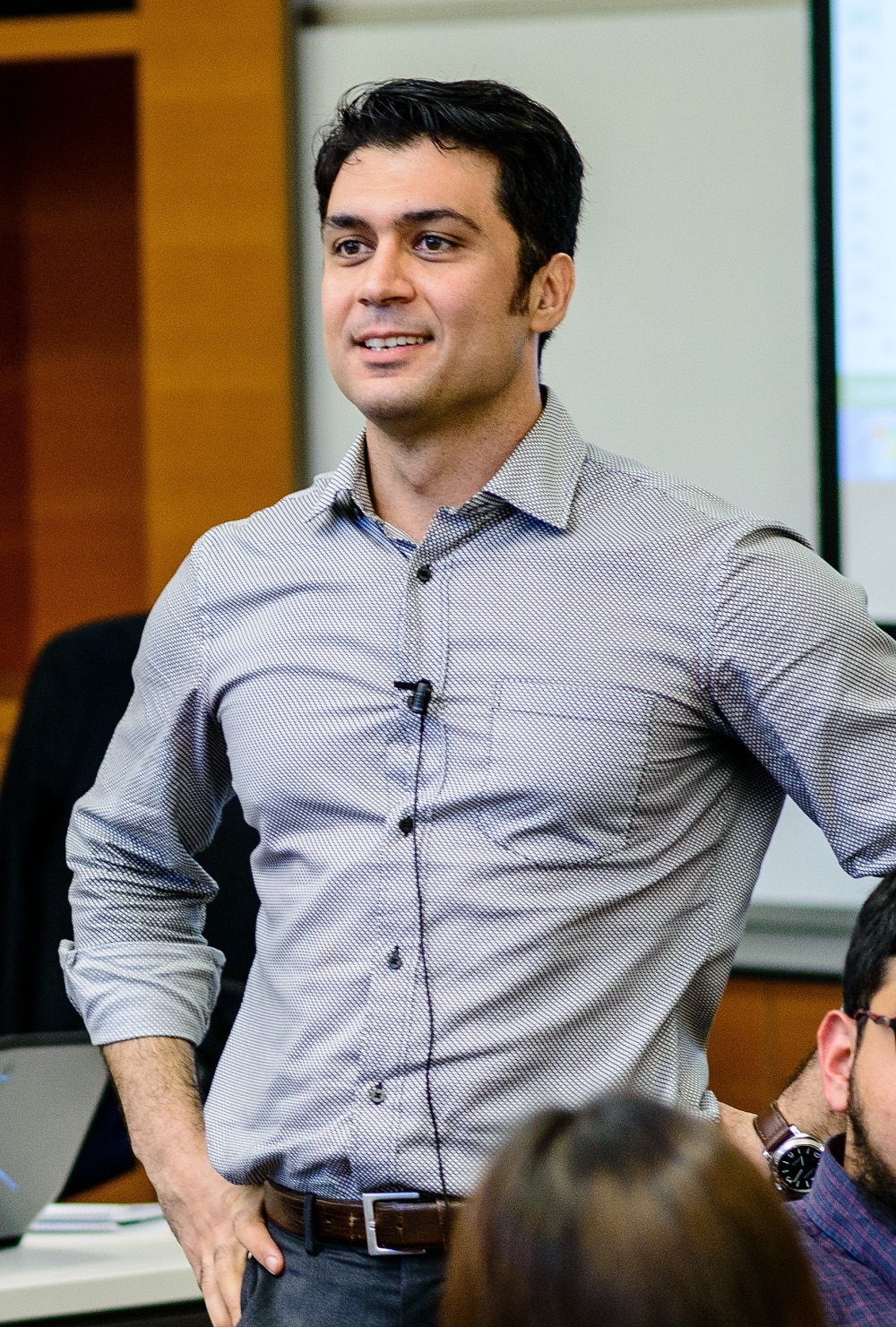At the Source
Targeted global vaccine subsidies could stop the spread of flu where it starts
It’s the least wonderful time of the year… for those with the flu.
But what if influenza—that highly infectious annual pestilence transmitted globally by an increasingly mobile population—could be contained at its source?
A new study by Hamed Mamani of the University of Washington Foster School of Business shows the way. Mamani and co-authors Stephan E. Chick of INSEAD and David Simchi-Levi of MIT find that industrialized nations could protect their own populations most effectively by vaccinating the populations of nations where the virus typically originates.
In the case of flu, that usually means Southeast Asia. By subsidizing vaccinations for people near ground zero of the dominant annual flu strains, Mamani says that the United States and other economically developed countries will see a significant social and economic benefit.
“We found that paying for vaccinations in source countries significantly reduces the number of infections that are going to travel to your country,” says Mamani, an assistant professor of operations management at Foster. “You’re going to greatly increase the chances of containing the influenza, and that’s where you save lives and money.”
A real virus
Influenza is an acute respiratory illness that spreads rapidly in seasonal outbreaks that result in 300,000 to 500,000 deaths globally each year, according to the World Health Organization (WHO).

The virus also takes a significant economic toll. The WHO estimates the yearly costs of health care, lost days of work and school, and social disruption range between $1 million and $6 million per 100,000 inhabitants of industrialized nations. And that’s in a normal flu season. Global pandemics can cost as much as $3 trillion worldwide.
Like all infectious diseases, influenza is difficult to forecast. But a vaccine, developed from early appearances of the season’s most virulent strains, makes the most effective defense—for individuals and populations.
The trouble is, the US and most industrialized countries fail to vaccinate their populations to optimal levels. And the situation is much worse in developing nations.
Modeling a solution
For the study, Mamani, Chick and Simchi-Levi investigated what would happen if industrialized nations stockpiled influenza vaccine in the region of Southeast Asia, to be distributed to people living near the epicenter of each season’s dominant strains of flu.
Their methodology was optimization. And they used simulation to evaluate the outcomes of the proposed structural model which incorporated a great deal of real-world data—travel volumes, virus dispersion, economic impact—and educated probabilities.
“Our goal was to come up with a model that’s detailed enough to capture some of the realistic aspects of the problem, but simple enough to allow mathematical analysis,” Mamani says.
The verdict? Intranational vaccine subsidies will avert millions of influenza cases each year, resulting in global savings of tens of millions of dollars. In every scenario—from minimal to massive flu outbreak—the simulation model showed a reduction in infections in the countries receiving vaccine subsidy and in the countries bankrolling vaccine subsidies.
Part 2 of a trilogy
Mamani studies supply chain coordination. This paper is part of a series investigating improvements to the supply chain of a complicated product serving a most unusual market: influenza vaccine. At heart, his work is about aligning the incentives of governments, manufacturers and consumers for a common good.
The first paper calls for subsidies to drug companies to stimulate optimal levels of flu vaccine production. This second finds that governments can protect their own populations by vaccinating people on the other side of the world. And the third, co-authored with Foster professor Debabrata Dey, demonstrates that direct-to-consumer subsidies to cover the cost of vaccination at home will result in an optimal level of coverage across the entire population.
Each solution requires taxpayer dollars. But, in every case, the cost is more than offset by savings down the value chain—savings in the form of fewer domestic cases of influenza.
“It’s the same with any product,” Mamani says. “There are many different people and organizations involved in the supply chain, each of whom has a different set of objectives and priorities. And, not surprisingly, most of the time these priorities are not perfectly aligned. Sometimes they conflict.
“So with flu vaccine, we’re trying to come up with a system that aligns everyone’s incentives to the common good. Design a more cooperative and collaborative approach that makes everybody better off.”
“A Game Theoretic Model of International Influenza Vaccination” is forthcoming in Management Science.
